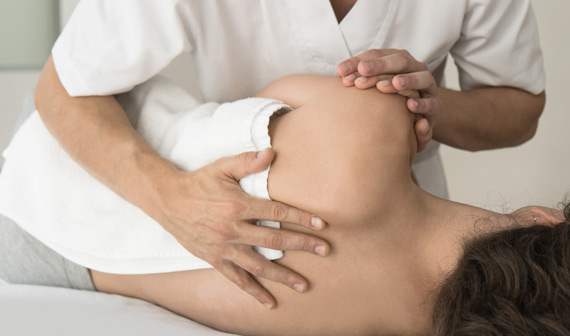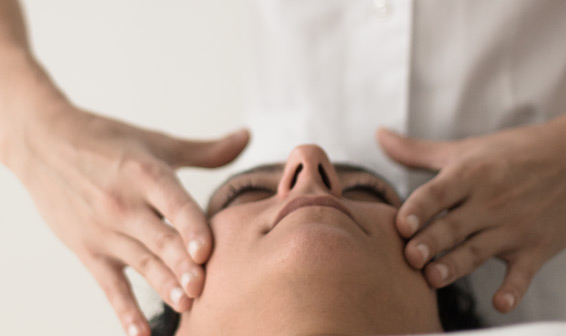OSTEOPATHY
Osteopathy is an approach to health care that examines the individual as a whole, based on medical and osteopathic knowledge. The patient is considered globally, taking into account the physical, chemical and emotional aspects; working under the criteria of structure and function. We know that health depends on a delicate balance between the different parts of the body. Alterations of the musculoskeletal system directly affect the natural function of the organs , so the good circulation of fluids strengthens and improves the condition of all the tissues of our body.
“The goal of osteopathic practice is to promote the best mechanical, fluid and nervous balance of the individual.”
WHY IS IT INDICATED?
Osteopathy contributes to improve mobility disorders, elasticity and functionality of many structures of the human body; these dysfunctions can have their origin in the locomotor system, be visceral, cranial or all at the same time. We value the body as a whole and not just where it hurts, trying to achieve an overall improvement in the patient’s condition.
LOCOMOTOR DYSFUNCTIONS
Through joint mobilizations, stretching, massage therapy and joint adjustments, we can improve symptoms or dysfunction. They are indicated for the treatment of problems of:
- Cervicalgias, back pains, lumbar pains and pelvic imbalances.
- Injuries of muscles, ligaments and tendons.
- Spine problems; protrusions, herniated discs, whiplash, sciatica or postural imbalances.
- Pinches and spinal blocks.
- Neuralgias, radiations and tingling.

VISCERAL DYSFUNCTIONS
- Visceral osteopathy can work to restore proper functioning and is indicated to improve problems such as:
- Constipation, indigestion, hiatus hernias or reflux.
- Certain gynecological and renal disorders.
- Post-surgical adhesions.
- Diaphragm and respiratory problems.

CRANIO-SACRAL DYSFUNCTIONS
Cranio-sacral osteopathy is indicated in the treatment of:
- Migraines and headaches.
- Tinnitus
- Bruxism and TMJ dysfunctions and oral occlusion problems.
- Vertigo and dizziness.
- Sinusitis
- Anxiety, tension and stress disorders.
PROTOCOL TO FOLLOW
During the first visit the osteopath will assess both the patient’s general condition and each of the body’s systems and will carry out a detailed medical and osteopathic examination of the affected area as well as the rest of the body. This information will make it possible to make a differential diagnosis and propose a treatment plan with short- and long-term goals.
